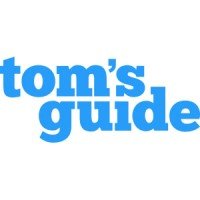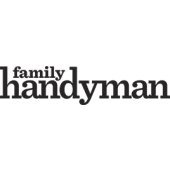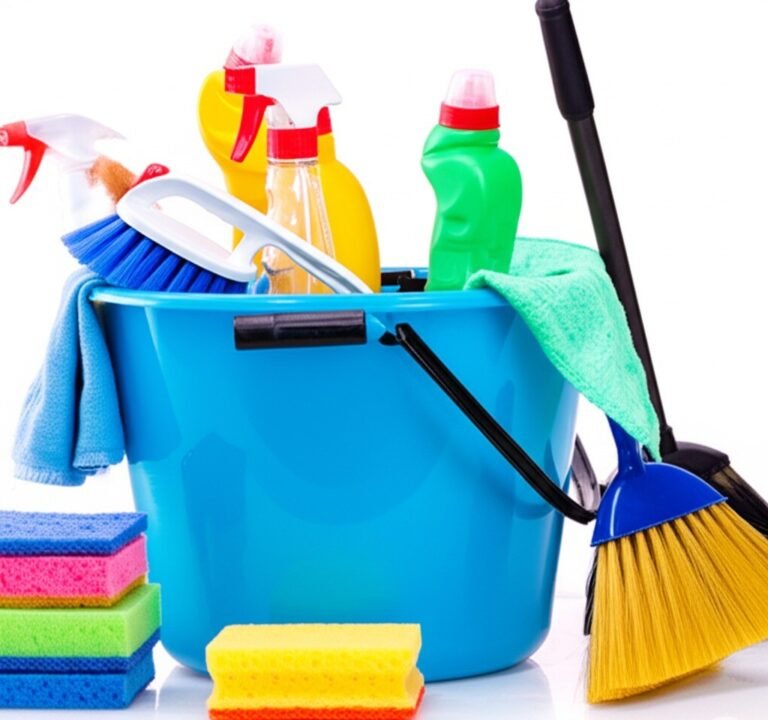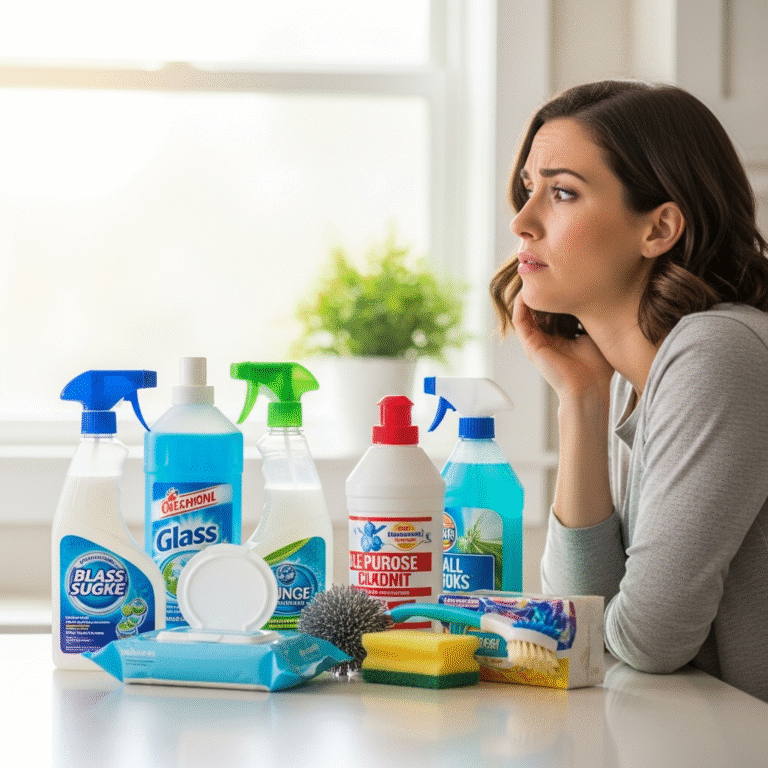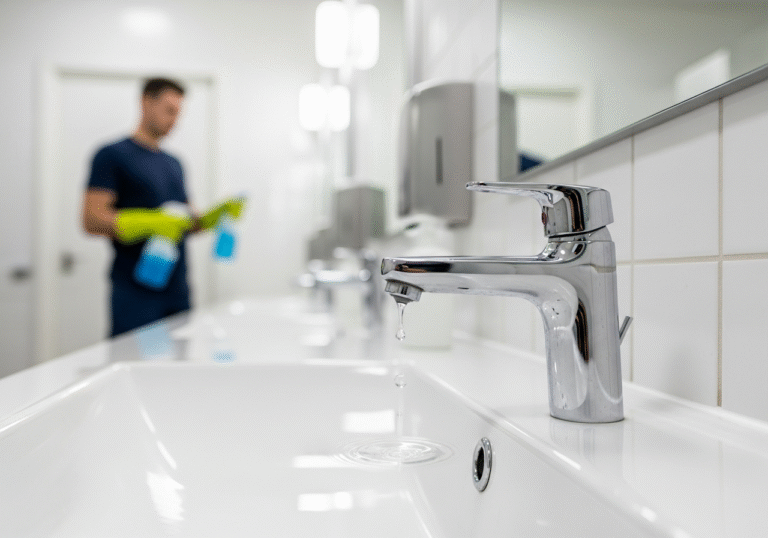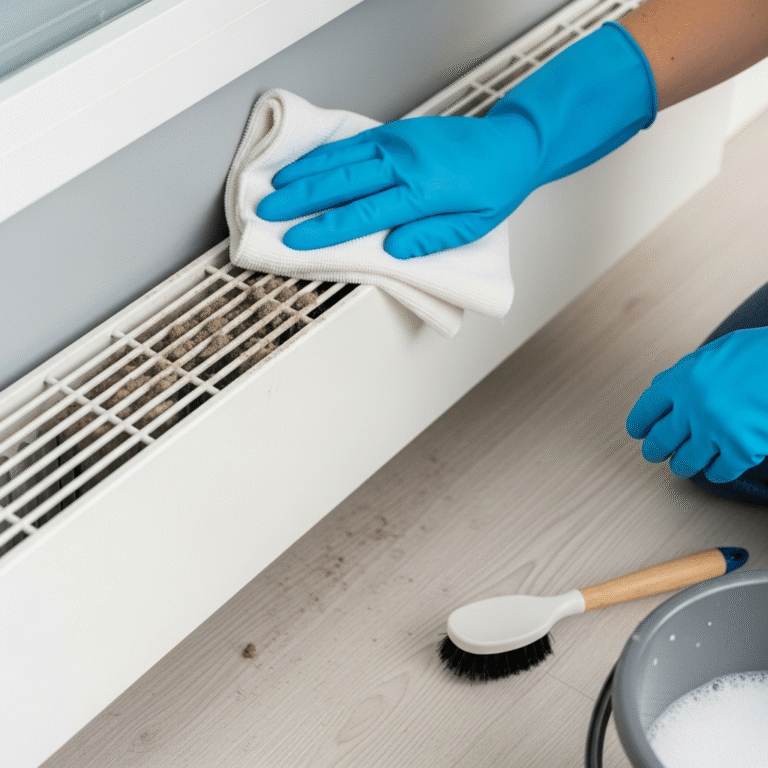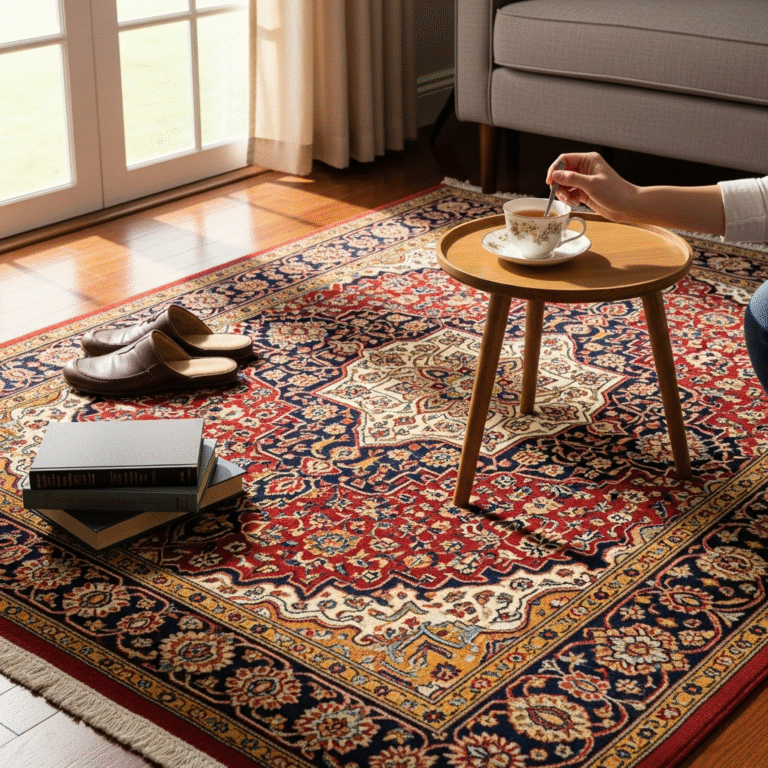A truly clean home starts with the right collection of essential cleaning tools. These implements are the backbone of any effective cleaning routine, transforming chores from overwhelming burdens into manageable tasks. Without the correct cleaning tools, even the best intentions can fall short, leaving behind dirt, germs, and frustration. Investing in a quality set of these items will pay dividends in time saved and the satisfaction of a spotless living space.
1.Microfiber Cloths
Microfiber cloths are indispensable cleaning tools in any modern cleaning arsenal. Their finely woven synthetic fibers, typically a blend of polyester and polyamide, are engineered to trap dust, dirt, bacteria, and absorb liquids far more effectively than traditional cotton rags, which often just push dirt around. These versatile cleaning tools come in various weaves and textures; some feature a tighter weave perfect for polishing glass and mirrors to a streak-free shine, while others have a plusher, terry-cloth like texture designed for general surface wiping, dusting, or scrubbing tougher grime from countertops and appliances. The electrostatic charge generated by the fibers actively attracts and holds onto dust particles. Because they can be laundered and reused hundreds of times (if cared for correctly – avoid fabric softener and high heat which can damage the fibers), they are also an economical and environmentally sound choice among your collection of cleaning tools. Properly caring for these cloths ensures they remain exceptionally effective cleaning tools for a long time, outperforming disposable wipes in both cost and performance.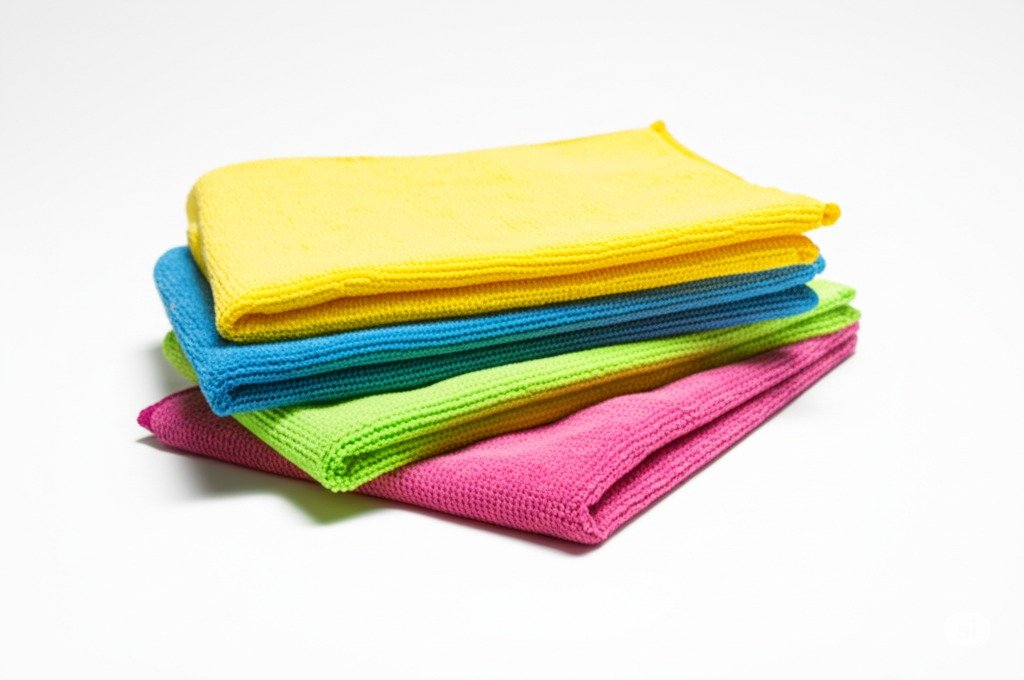
2.Sponges
Sponges, in their various forms, remain vital cleaning tools, especially for tasks requiring absorbency and a bit of scrubbing action for dislodging food particles and grime. You’ll find cellulose sponges, derived from wood pulp, which are highly absorbent and excellent for wiping spills from countertops and tables; they are also often biodegradable. Then there are scrub sponges, which are dual-purpose cleaning tools combining a soft, absorbent sponge on one side with a more abrasive scouring pad on the other, ideal for tackling stuck-on food on pots, pans, and oven interiors. It’s crucial to select non-scratch scrub sponges for delicate surfaces like non-stick cookware, glass cooktops, or ceramic dishes to prevent damage. Due to their porous and often damp nature, sponges can become breeding grounds for bacteria, so regular disinfection (e.g., microwaving a damp sponge for a minute, or running it through a dishwasher cycle) and timely replacement are key to keeping these ubiquitous cleaning tools hygienic and effective. An off-smell is a clear indicator that a sponge needs replacing.
3.Sprays
Reusable spray bottles are fundamental cleaning tools for anyone looking to customize their cleaning solutions, dilute concentrates, or embrace DIY green cleaning recipes. Having a set of clearly labeled, sturdy spray bottles, preferably made from chemical-resistant plastic like HDPE, allows for efficient and safe application of specific cleaners for different tasks – one for all-purpose cleaning, another for glass, one for disinfecting, and so on. An adjustable nozzle, offering settings from a fine mist (ideal for covering large areas or delicate plants) to a direct stream (perfect for targeting specific stains or reaching into crevices), significantly enhances their versatility as cleaning tools. These are simple yet absolutely essential cleaning tools for any well-equipped cleaning kit, promoting both economy by allowing bulk purchase of concentrates and environmental responsibility by reducing single-use plastic waste.
4.Cleaning Brushes
For grime that clings stubbornly to surfaces and resists gentler methods, scrub brushes are the go-to manual cleaning tools. A well-rounded set should include various sizes, shapes, and bristle stiffness to tackle diverse challenges. A large, stiff-bristled utility brush is excellent for heavy-duty scrubbing on durable surfaces like concrete floors, tile, or outdoor furniture. A narrow grout brush, characterized by its very stiff, often angled bristles, is a specialized cleaning tool designed specifically to dislodge mold, mildew, and embedded dirt from tile grout lines in kitchens and bathrooms. Smaller detail brushes, which can even include repurposed toothbrushes, are perfect cleaning tools for getting into nooks and crannies around faucets, drain openings, and window tracks. These manual cleaning tools provide the necessary mechanical action – the ‘elbow grease’ – that some messes require, lifting dirt that chemical cleaners alone cannot.
No bathroom cleaning kit is complete without a dedicated toilet brush and holder, a truly essential set of cleaning tools for maintaining hygiene and cleanliness in one of the most critical areas of the home. The brush itself needs to have stiff, durable bristles capable of effectively scrubbing the toilet bowl surface, especially under the rim where bacteria and stains can accumulate; many modern designs include a specialized under-rim lip brush for this purpose. The holder is equally important, as it keeps this important cleaning tool stored discreetly and, ideally, facilitates proper drying to prevent the growth of bacteria and unpleasant odors. Look for holders with ventilation or designs that suspend the brush head, rather than allowing it to sit in contaminated water. Regular cleaning and disinfection of both the brush and holder are paramount.
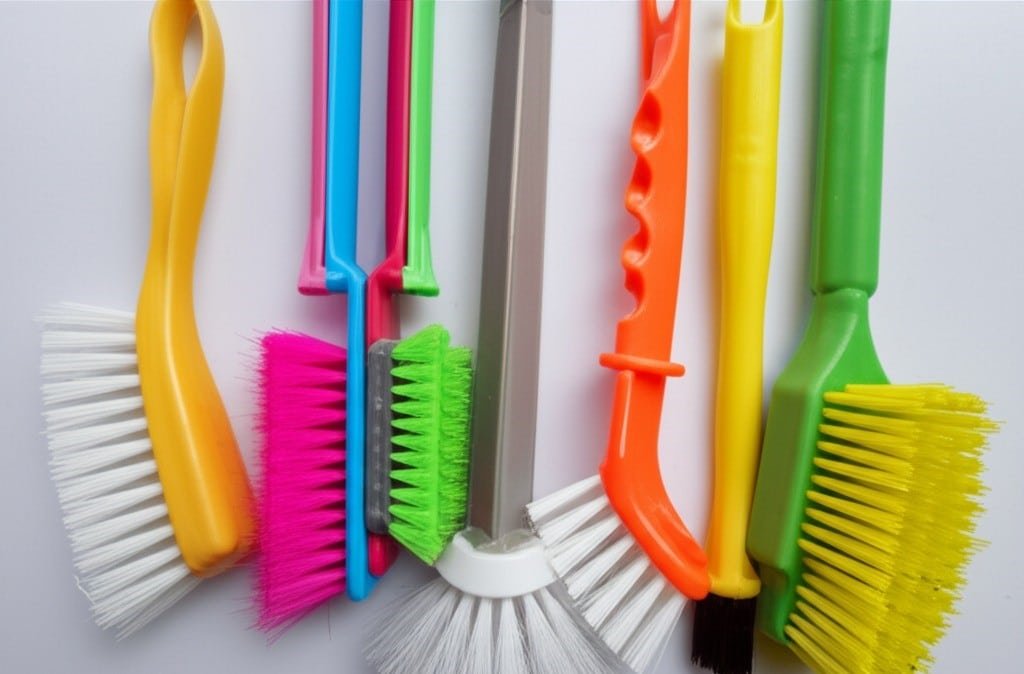
5.Broom And Dustpan
The classic broom and dustpan set remains one of the most basic yet indispensable cleaning tools for maintaining hard floors, from hardwood and laminate to tile and vinyl. Whether sweeping up daily crumbs in the kitchen, tracked-in dirt in the entryway, or dust bunnies in the hallway, these fundamental cleaning tools are the first line of defense against loose debris. Brooms with flagged (split-ended) bristles are better for fine dust on smooth indoor surfaces, while unflagged, stiffer bristles tackle larger debris. An angled broom head helps reach into corners and along baseboards more effectively. A crucial feature of a good dustpan is a thin rubber lip that sits flush against the floor, ensuring all swept debris is collected efficiently without leaving that frustrating line of dirt behind. Long-handled dustpans offer ergonomic benefits by reducing bending. For many households, these are among the most frequently used cleaning tools.
6.Mop And Bucket
For washing and sanitizing hard floors after sweeping, a mop and bucket are non-negotiable cleaning tools. The market offers a variety of options to suit different needs and floor types. Traditional string mops are known for their absorbency but can be bulky. Flat mops, often featuring washable and reusable microfiber pads, are increasingly popular and are excellent cleaning tools for thorough yet efficient cleaning, gliding easily and picking up fine dirt. Spin mops, with buckets that have built-in wringing mechanisms (often pedal-operated or handle-driven), allow for better control over mop dampness, leading to faster drying times. Steam mops are powerful cleaning tools that sanitize floors using only hot steam, ideal for homes with children, pets, or allergy sufferers, though they aren’t suitable for all floor types like unsealed wood. A good quality bucket, perhaps a dual-compartment model that separates clean water from dirty rinse water, significantly complements these floor cleaning tools, ensuring you’re actually removing dirt rather than just spreading it around.
7.Vacuum Cleaner
A quality vacuum cleaner is a cornerstone of any comprehensive set of cleaning tools, designed to powerfully remove dust, dirt, pet hair, allergens, and other particulate matter from carpets, rugs, upholstery, and even hard floors. The type you choose depends on your home’s layout and flooring. Upright vacuums are often favored for large expanses of carpet due to their typically strong suction and motorized beater bars. Canister vacuums generally offer more versatility, with a long hose and a wider array of attachments making them suitable for stairs, upholstery, drapes, and hard-to-reach areas. Lightweight stick vacuums provide convenience for quick cleanups and smaller living spaces, while handheld vacuums are perfect for spot cleaning spills, car interiors, and furniture. Robotic vacuums offer the luxury of automated daily maintenance. Essential attachments, such as a crevice tool for tight spaces, an upholstery tool with fabric-grabbing strips, a soft dusting brush for delicate surfaces, and an appropriate floor head (often with adjustable height or a switchable brush roll), extend its functionality, making it one of the most powerful and versatile cleaning tools for achieving a deep clean. Regular maintenance, including emptying the dustbin or replacing the bag promptly, and cleaning or replacing filters as per manufacturer recommendations, is crucial to keep this vital cleaning tool performing at its peak suction power and maintaining good air quality.

8.Squeegee
For achieving truly sparkling, streak-free results on windows, glass shower doors, mirrors, and even tiled surfaces, a squeegee is an invaluable cleaning tool. This simple yet highly effective device typically consists of a flat, smooth rubber blade attached to a handle. The technique is key to its effective use: apply your cleaning solution, then draw the squeegee downwards or across, overlapping each stroke by about an inch. Crucially, wipe the rubber blade with a clean, lint-free cloth after each stroke to prevent transferring dirt and streaks. For larger windows or high glass panels, an extension pole can often be attached to the squeegee handle. While primarily known for glass, it’s a surprisingly versatile cleaning tool that can also be used to remove excess water from tiled shower walls after use, helping to prevent mildew growth and soap scum buildup. It’s a specialized cleaning tool that delivers professional-looking results with minimal effort once mastered.
9.Duster
Reaching high ceilings, cobweb-laden corners, the tops of ceiling fans, and the upper surfaces of tall furniture is made safe and easy with an extendable duster, an often-overlooked but highly useful cleaning tool. Many modern versions feature microfiber heads, which are far superior to old-fashioned feather dusters because their fibers electrostatically attract and hold onto dust particles effectively, rather than just scattering them into the air to resettle elsewhere. The ability to adjust the length of this cleaning tool, often telescopically, prevents the need for precarious balancing on chairs or ladders, making your cleaning routine safer and more comprehensive. Look for duster heads that are bendable to conform to different shapes (like fan blades) and are removable and machine washable for easy maintenance and longevity. This is an essential cleaning tool for a top-to-bottom clean.
10.Cleaning Gloves
Protecting your hands from harsh chemicals found in many cleaning products, excessively hot water, and direct contact with dirt and grime is essential for both comfort and health, making cleaning gloves a vital piece of personal protective cleaning tools. Durable rubber, latex (for those without allergies), or nitrile gloves provide a necessary waterproof barrier, preventing skin irritation, dryness, chapping, and exposure to bacteria. Choosing a pair that fits well – not too tight to restrict movement, and not too loose to slip off – enhances their usability. Consider having different pairs of these cleaning tools for different tasks (e.g., a heavy-duty pair for bathroom cleaning, a lighter pair for dishwashing) to help prevent cross-contamination between areas of the home. After each use, rinse the gloves thoroughly and allow them to air dry completely, storing them away from direct sunlight, which can degrade the material over time. Flock-lined options can offer additional comfort. These simple cleaning tools make the entire cleaning process safer and more pleasant.
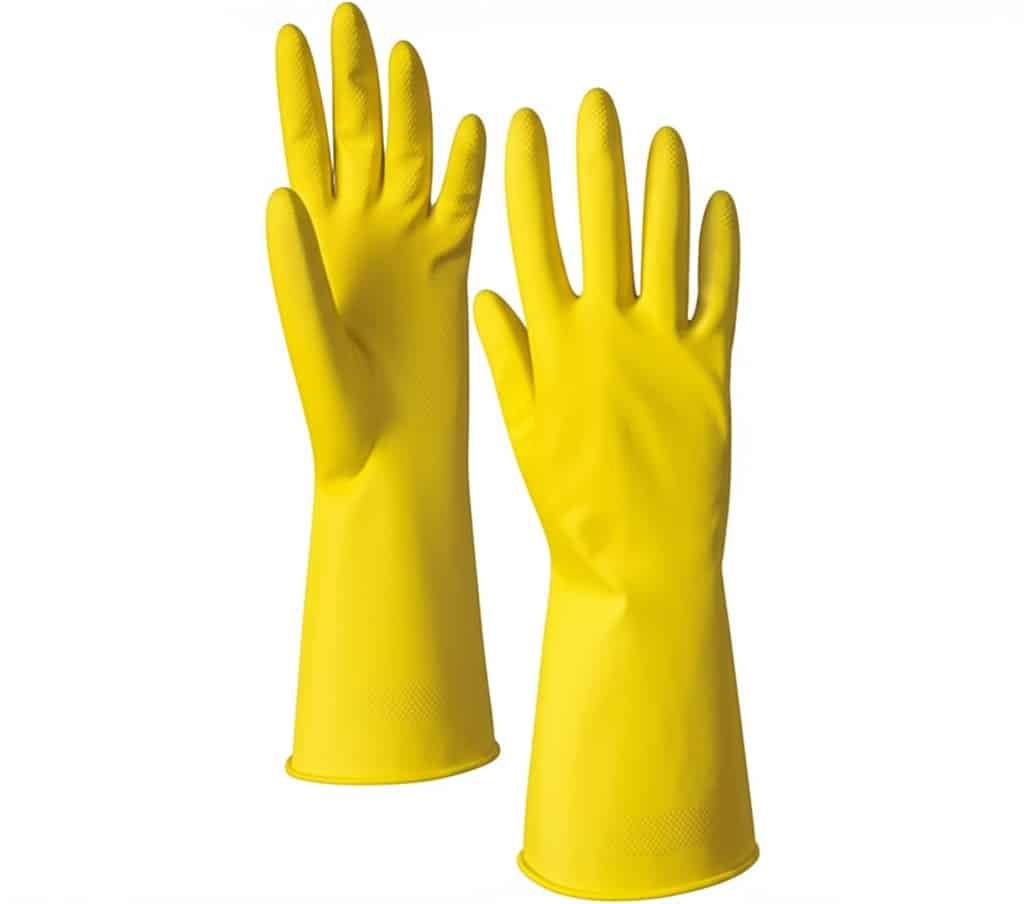
11.Cleaning Bag
An organized approach to cleaning is significantly streamlined by a cleaning caddy or tote, a simple yet effective organizational cleaning tool. This portable container allows you to keep your most frequently used sprays, cloths, sponges, and brushes neatly arranged and readily available in one place. It saves considerable time and effort by ensuring all necessary cleaning tools and supplies are within arm’s reach as you move from room to room, or even just around a large bathroom or kitchen. Look for a caddy with a comfortable, sturdy handle, multiple compartments of various sizes to separate items and prevent them from toppling over, and construction from durable, easy-to-clean plastic. Some caddies are even designed to fit conveniently inside or around a standard cleaning bucket. This humble cleaning tool transforms your cleaning routine into a more efficient, less frustrating operation by minimizing trips back and forth to the supply closet.
12.Paper Towel
While reusable cleaning tools like microfiber cloths are the environmentally preferred and often more effective choice for most cleaning tasks, paper towels still hold a practical place for certain specific cleanups. They offer unmatched convenience for quickly absorbing spills, especially those that are greasy (like bacon fat), particularly unhygienic (such as pet accidents or bodily fluids where immediate disposal is paramount), or involve substances that could permanently stain or damage a reusable cloth. However, for a more sustainable day-to-day approach, consider investing in “unpaper” towels – washable and reusable cloths made from materials like cotton flannel or bamboo – or simply expanding your collection of microfiber cloths to serve as alternatives to this disposable cleaning tool for less critical spills. If using paper towels, opt for a brand that is strong, absorbent, and ideally, made from recycled content to lessen its environmental impact. They remain a useful, if supplementary, cleaning tool.
13.Garbage Bag
No cleaning session, whether a quick daily tidy-up or a deep seasonal overhaul, is truly complete without the means to efficiently dispose of accumulated waste, making trash bags essential supporting cleaning tools. Having a variety of sizes on hand is highly useful: small bags for bathroom and office wastebaskets, standard kitchen-sized bags for general household trash, and larger, heavy-duty bags for more substantial cleanouts, decluttering projects, or yard waste. Features like drawstring closures are convenient for easy and secure tying and carrying, preventing spills. While scented bags are available to help control odors, ensure they are compatible with local recycling or composting programs if applicable, as some additives can interfere. Ultimately, trash bags are the final step in the cleaning process, efficiently containing and removing the unwanted dirt, debris, and clutter that your other cleaning tools have helped you gather.
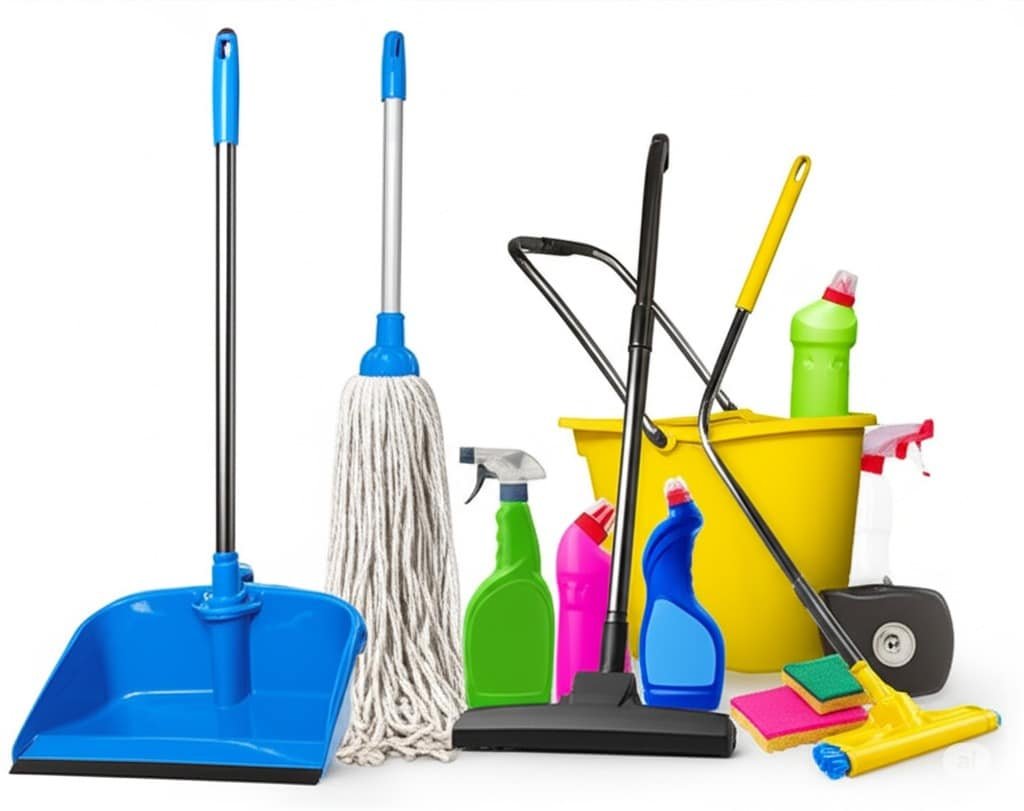
Equipping yourself with these essential cleaning tools is the first and most crucial step towards maintaining a consistently clean, healthy, and inviting home environment. Each cleaning tool plays a specific role, and having the right one for the job not only makes the task more effective but also more efficient and often less strenuous. From the microscopic cleaning power of microfiber cloths to the robust dirt extraction of a vacuum cleaner, these cleaning tools are your allies in the ongoing battle against dust, grime, and clutter.
When your busy schedule makes it difficult to wield these cleaning tools yourself, or when you desire a truly deep, professional-level clean that leaves every corner sparkling, Toronto Shine Cleaning is ready to assist. We utilize high-quality cleaning tools and proven techniques to ensure your home is impeccably maintained, reflecting the very principles of effective cleaning discussed here








